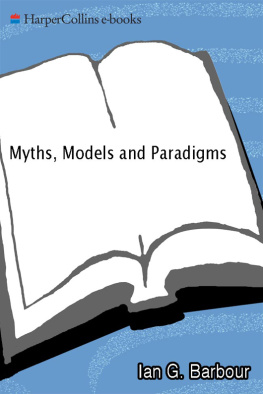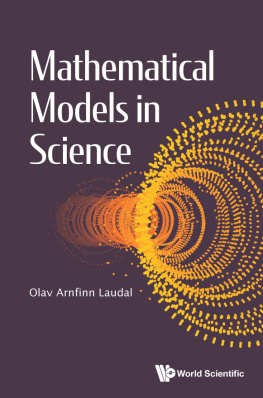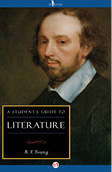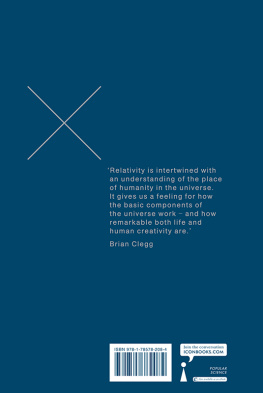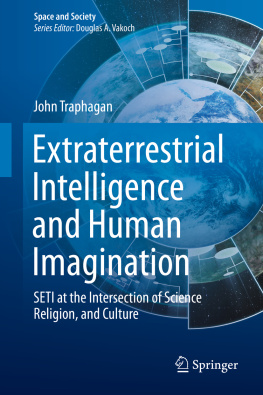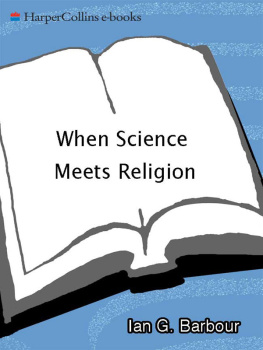Books on scientific philosophy by Glenn Borchardt:
The Ten Assumptions of Science
The Scientific Worldview
Universal Cycle Theory (with Stephen J. Puetz)
Infinite Universe Theory
Published by the Progressive Science Institute
P.O. Box 5335
Berkeley, CA 94705
US
Cover: Birds of a feather in January 1933: Monsignor Georges Lematre , priest who proposed the Big Bang Theory, and Professor Albert Einstein, inventor of the Untired Light Theory. Credit: Unknown photographer. Taken after Lemaitre's lecture at Mount Wilson Observatory (Lambert, 2020).
Copyright 2020 by Glenn Borchardt
ASIN: B08N5HYLTB (ebk)
ISBN: 9798559631448 (pbk)(b&w)
ISBN: 9798561794223 (pbk)(color)
Citation: Borchardt, Glenn, 2020, Religious Roots of Relativity (Version 20201231): Berkeley, CA, Progressive Science Institute, 1 60 p.
Acknowledgements
I thank Marilyn Borchardt, Roger Burbach, Fred Frees, Bill K. Howell, and numerous Blog commenters for many stimulating discussions of the topic. Of course, I am especially indebted to Stephen J. Puetz, my coauthor on Universal Cycle Theory, the preceding technical volume. Without his outstanding and sagacious input, I doubt we ever would have discovered the physical cause of gravitation. Thanks so much to the following reviewers who provided suggestions that improved the manuscript: Marilyn Borchardt, Bill Howell, George Coyne, Ed Mason, Steve Puetz, Rick Dutkiewicz, Fred Frees, Rudolf Vrnoga, Pierre Berrigan, Mike Gimbel, Steven Bryant, William Westmiller, and Luis Cayetano.
During the last half century, the following institutions generously provided support for my scientific career: University of Wisconsin, Wisconsin Geological & Natural History Survey, Oregon State University, United States Atomic Energy Commission, National Science Foundation, National Academy of Sciences, National Research Council, United States Geological Survey, California Geological Survey, United Nations, and numerous private clients. I wish to thank those who spent endless hours administering these organizations so I would be free to enjoy my explorations in the laboratory and field. I also thank the taxpayers and clients who provided the funds that made these investigations possible. In gratitude, I present this book at minimal cost.
I dedicate this book to:
Marjorie, Arnold, Bertha, Coochie, Roger, Marilyn, Jim, Marion, Francis, Rod, Moyle, Art, Elizabeth, Dennis, Elia, Nina, Hasu, Chuck, Doug, Karl, Harry, Edward, Fred, Bob, Tom, Natalie, Steve, Jesse, and Juan.
Religious Roots of Relativity
Glenn Borchardt
Contents
Preface
Here is the preface from Infinite Universe Theory which was published on December 25, 2017:
When I first became aware of the Big Bang Theory of the universe, I thought Wow! Thats great; finally, they know how it all began! Mom, a devout and very conservative Missouri Synod Lutheran, opposed the whole idea of ither world began with Genesis 6,000 years ago. At billions of years, the timing of the Big Bang was a bit off for her. With an eighth-grade education, she would not be expected to appreciate how fast light travels and how far away those stars and galaxies were. On the other hand, I graduated from a university that favored fearless sifting and winnowing by which alone the truth can be found. I had even gotten my nose out of the books long enough to look around me. After learning a bit of soil science, I returned home to southern Wisconsin to see the evidence firsthand for an Earth much older than 6,000 years. According to geologists at the university, it turns out I grew up next to a drumlin, an egg-shaped hill that once was under a mile of ice. There were thousands of these drumlins, most with the big end facing directly north and the small end facing south. If you travel east to west in Dodge County, Wisconsin, you will be going up and down drumlins about every mile. Each one, so they said, was over 17,000 years old.
Then I found it. Someone carbon-dated peat from one of the many marshes between the drumlins. The date was 17,700 years. As a literalist born of the Lutheran tradition, I had to make a choice: science or Genesis. I subsequently gathered with my own hands hundreds of samples of peat, wood, and charcoal, with many turning out to be much older than that. Some of the samples dated by other means were millions of years old. During my Postdoc, colleagues dated samples from the Moon at 4.66 billion years old. Guess I chose correctly.
I bring this up because it is similar to the journey I would like you to take in this book. You should begin with a lot of skepticism. After all, what could a farm kid from Wisconsin who plays around in the dirt say about the current theory of the universe? Those smart fellows like Einstein and Hawking surely must have known what they were doing. That is what I thought tooup until 1978.
But that was not to be the case after I started looking into their wild claims in depth. How could the universe explode out of nothing? In my scientific experience, everything came from some other thing. Nothing just popped up out of nowhere. How could the universe be 4-dimensional? Everything I knew had only 3-dimensions. How could the universe be expanding in all directions at once? The claims of curved empty space did not appeal to me. How could light be both a particle and a wave at the same time? In Physics 1a, I was told to leave common sense behind. You needed to know some exceedingly advanced higher math, and besides, only a few physicists could comprehend it anyway. It looked a bit like the emperors new clothes.
Being skeptical and commonsensical by nature, I investigated modern physics systematically from top to bottom. What I found was shocking. The whole thing was an enormous, stinking can of dead worms. The most dubious proclamations were founded on presuppositions that had more in common with religion than science. No wonder modern physics was so popular. I would need to uncover the assumptions that were making physics go awry for over a century. From there I would need to rebuild much of its structure, starting with classical mechanics and incorporating what was missing: the assumption of infinity . Happily, not much of this involves complicated math, but if you want to understand this new view of the universe, you need to do some work. In particular, ingrained presuppositions are hard to change. Still, I promise it will be worth it.
I highly recommend your reading Infinite Universe Theory to broaden your understanding of the universe and of the current volume. In this one I focus on the philosophical reasons remain so entrenched. It is a rather simple thesis, but one I have not seen anywhere else.
Berkeley, December 31, 2020 Glenn Borchardt
Science and religion are incompatible. -Coyne, 2015
Introduction
The Infinite Universe .
Of course, with gravitation a physical cause is not obvious even though the effects are well known. Such theories are called kinetic theories. They describe what is happening, but not why it is happeningas far as these theories are concerned, there is no there there. The equations work whether the actual cause or whether it involves a miraculous pull or a theoretical push. The mathematics is the same for both in any case. Gravitational fields and magnetic fields can just as easily be considered immaterial as material. This is where the relativity-religion connection manifests.
The Dissident Movement
Science and religion are based on opposing fundamental assumptions. But, as I will show in this book, religion and relativity happen to share the same assumptions. This is not true for most scientific theories, which typically are based only upon scientific assumptions. The counter-intuitive claims of relativity have kept it under attack for more than a century. That is because its religious foundation has allowed fabrication of so many weird fantasies surprisingly accepted by employed mainstream physicists as well as the relatively uneducated public. Many of the rest of us have difficulty believing in 4-dimensional space-time, massless particles having perpetual motion, perfectly empty . The 2,500 proposed alternative theories range from partial reforms involving mathematical tweaks to a few who challenge the very axioms upon which those interlinked disciplines are based.


